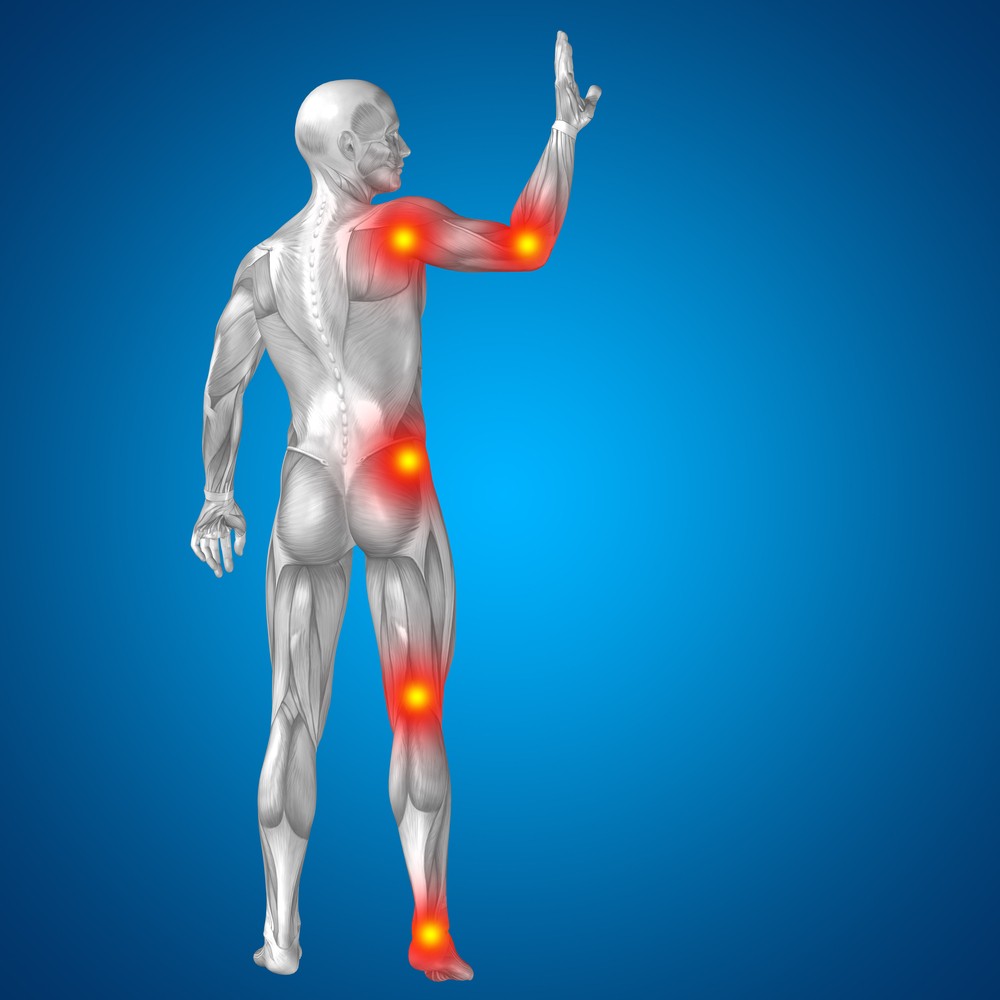
Contents
capsaicin transdermal
Capsaicin transdermal is a medicated skin patch that relieves nerve pain (neuralgia) and musculoskeletal pain. The Qutenza brand is a prescription patch used for postherpetic neuralgia associated with shingles and diabetic peripheral neuropathy. Salonpas Gel Patch is an over-the-counter option for temporary relief of minor muscle and joint aches and pains.
Capsaicin is the active compound in chili peppers that causes a burning sensation. The capsaicin used in skin patches is a synthetic equivalent. It works by initially irritating nerve endings under the skin, but continued exposure desensitizes the nerve cells, providing temporary pain relief. It does not treat the underlying condition.
Capsaicin desensitizes capsaicin receptors, which are ion channels on nerve cell membranes. Desensitizing these receptors prevents pain transmission. In addition, capsaicin locally depletes substance P, a natural chemical involved in transmitting pain. Neuropathic pain may re-emerge over time due to nerve fiber reinnervation.
The uses of capsaicin transdermal patches include:
- Postherpetic neuralgia
- Diabetic neuropathy
- Minor pain from:
- Simple backache
- Muscle strain
- Sprains
- Arthritis
- Bruises
- Cramps
Warnings
- Do not use capsaicin transdermal if you are hypersensitive to any component of the formulation.
- Exercise care to avoid exposure to areas not intended for treatment. Capsaicin can severely irritate the skin, eyes, mucous membranes, and respiratory tract.
- Wear nitrile gloves while applying the patch and avoid contact with surfaces other than the treatment area.
- If skin other than the treatment area is exposed, apply a cleansing gel, wipe off with dry gauze, and wash the area with soap and water.
- Do not apply the patch on the face, eyes, nose, mouth, or scalp to prevent exposure to the eyes or mucous membranes. Avoid touching these areas after touching the patch.
- When removing the patch, peel it off gently by rolling it inward. Rapid removal may cause capsaicin to enter the respiratory tract, leading to cough and throat irritation. Seek medical care if you develop shortness of breath.
QUESTION
What are the side effects of capsaicin transdermal?
Common side effects include:
- Application site reactions, such as redness, pain, burning sensation, itching, bumps, swelling, dryness, and urge to scratch or pick the skin.
Less common side effects include:
- Application site irritation, hives, dermatitis, warmth, abnormal skin sensation, reduced sensation, loss of sensation, inflammation, skin peeling, blisters, bruising, second-degree burn, and scarring.
Side effects from accidental eye or respiratory tract exposure include eye irritation, eye pain, eye itching, coughing, and throat irritation.
Contact your doctor immediately if you experience any of the following symptoms or serious side effects:
- Fast or pounding heartbeats, fluttering in the chest, shortness of breath, sudden dizziness
- Severe headache, confusion, slurred speech, severe weakness, vomiting, loss of coordination, feeling unsteady
- Severe nervous system reaction with very stiff muscles, high fever, sweating, confusion, fast or uneven heartbeats, tremors, and feeling like you might pass out
- Blurred vision, tunnel vision, eye pain or swelling, or seeing halos around lights
This is not a complete list of all side effects or adverse reactions. Call your doctor or report side effects to the FDA at 1-800-FDA-1088.
What are the dosages of capsaicin transdermal?
Transdermal patch (Rx, Qutenza)
- 8% (640 mcg/sq.cm or 179 mg/patch)
Transdermal patch (OTC, Salonpas Gel Patch)
Adult:
Neuropathic Pain
- Indicated for postherpetic neuralgia (PHN) and diabetic peripheral neuropathy (DPN) of the feet.
- Apply up to 4 patches to affected area(s) for 60 minutes (PHN) or 30 minutes (DPN).
- Repeat every 3 months or as needed, not exceeding every 3 months.
Skeletomuscular Pain
- Salonpas Gel Patch (OTC): Apply patch to affected area up to 3-4 times daily for 7 days; patch may remain in place for up to 8 hours.
Pediatric:
- Safety and efficacy not established.
Overdose
In case of suspected overdose, remove the patch, apply cleansing gel, wipe off with dry gauze, and wash the area with soap and water. Seek medical help for further treatment.
What drugs interact with capsaicin transdermal?
Inform your doctor of all medications you are currently taking to check for possible drug interactions. Do not start, stop, or change the dosage of any medication without your doctor’s recommendation.
- Capsaicin transdermal has no listed interactions with other drugs.
The above drug interactions are not all possible interactions or adverse effects. For more information, consult the RxList Drug Interaction Checker.
Always inform your doctor or healthcare provider about all prescription and over-the-counter medications you use. Keep a list of this information and consult your doctor if you have any questions.
Pregnancy and breastfeeding
- Animal studies suggest no fetal harm, but there are no adequate studies in pregnant women.
- Negligible systemic absorption occurs, limiting fetal exposure.
- It is unknown if capsaicin is excreted in breast milk. To reduce the risk of infant exposure, avoid breastfeeding on the day of treatment.
Other considerations
- Use capsaicin transdermal as instructed and dispose of used patches carefully.
- Avoid contact with any body part other than the treatment area.
- Contact your physician if you experience eye or throat irritation or severe shortness of breath.
- Treatment area may be sensitive to heat for a few days. Use caution with sunlight, hot baths/showers, and exercise.
- Capsaicin may temporarily increase blood pressure. Inform your doctor if you have recently had a cardiovascular or cerebrovascular event.
- Store capsaicin transdermal safely out of reach of children.
- In case of overdose, remove the patch, clean the area, and seek medical help or contact Poison Control if symptoms persist.
By clicking Submit, I agree to the MedicineNet’s Terms & Conditions & Privacy Policy and understand that I may opt out of MedicineNet’s subscriptions at any time.
Summary
Capsaicin transdermal is a medicated skin patch used for nerve pain and musculoskeletal pain. The Qutenza brand is a prescription patch for postherpetic neuralgia and diabetic peripheral neuropathy, while Salonpas Gel Patch is an over-the-counter option for minor aches and pains. Common side effects include application site reactions, limb pain, upper respiratory tract infection, inflammation of the nose and throat, bronchial inflammation, sinus inflammation, nausea, vomiting, high blood pressure, generalized itching, and headache.


